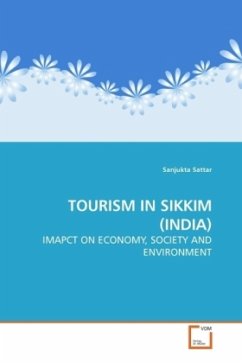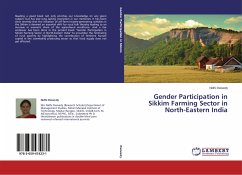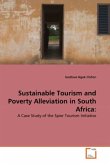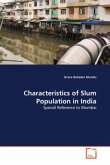The book presents the first detailed empirical study of social and environmental impact of tourism in any state of India, specifically of the Himalayan region. Besides using conventional statistical methods, the study also uses recent and advanced methods of Geographical Information Systems, spatial econometrics for analyzing data. The study brings out the social, economic and environmental benefits and costs of tourism in Sikkim. It critically evaluates the present tourism policy of the state and advocates for strategies to fill in the gaps to enhance the ecological conservation and sustainability of the tourism. The study is unique in its approach and uses innovative methodology. It is expected that the study would guide and provide a base for the future empirical research in the area of environmental impact assessment, tourism management, cultural studies, and development studies in the Himalayan region.







